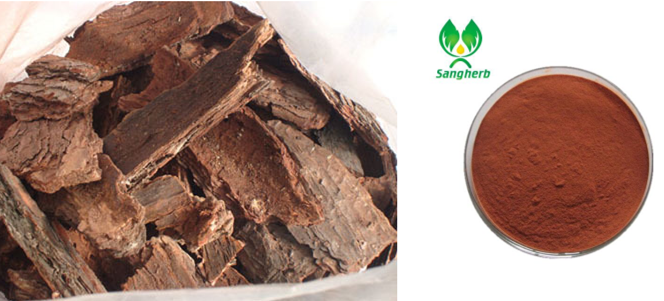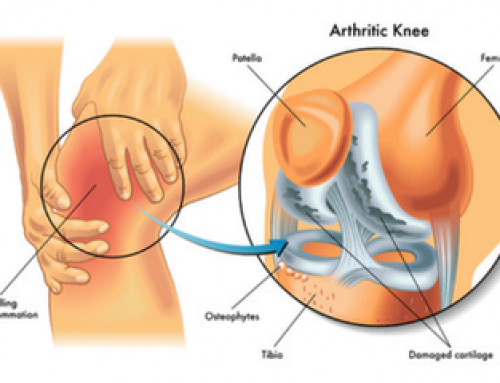Pine bark extract
The antioxidant capacity of pine bark extract comes from proanthocyanidins, which have 20 times the antioxidant capacity of vitamin C and 50 times that of vitamin E. As a famous antioxidant, OPCs can effectively suppress free radicals, and free radicals play an important role in degenerative diseases, cardiovascular diseases, blurred vision, sunburn and premature aging.
1. Cardiovascular disease
Studies have confirmed that Pine Bark Extract OPCs can help strengthen the strength of capillaries, arteries and veins, which gives them many important clinical applications. OPCs can be used to stabilize blood vessel walls, inhibit inflammation, and primarily support tissues containing collagen and elastin.
2.Retinopathy / lifting vision
The ability of Pine Bark Extract OPCs to enhance capillary strength and reduce permeability is very effective in patients suffering from stroke and retinopathy. OPCs have been shown to be effective in improving retinopathy due to diabetes, arteriosclerosis, inflammation and aging. It has also been reported that Pine Bark Extract OPCs can accelerate vision recovery after glare and improve visual acuity of patients with visual fatigue due to prolonged use of computers.
3. Aging / Alzheimer’s disease
Because Pine Bark Extract OPCs can easily pass the blood-brain barrier, effectively inhibiting the damage of free radicals to brain tissue, thereby effectively preventing and improving Alzheimer’s disease.
4. Skin care
Due to their antioxidant capacity, Pine Bark Extract OPCs are believed to protect the skin from unwanted UV radiation and free radicals. There is ample evidence that OPCs protect and strengthen collagen and elastin in the skin, thus preventing wrinkles and maintaining skin elasticity. The addition of Pine Bark Extract OPCs to creams is a popular method of delaying skin aging. In theory, skin rejuvenation can be rejuvenated by repairing skin collagen and elastin.
5.Anti-cancer, anti-inflammatory and anti-allergy
Because free radicals play an important role in tumor formation, Pine Bark Extract OPCs can be used in moderation to exert their anticancer effects. At the same time, because it effectively inhibits inflammatory factors such as PG, 5-HT and leukotrienes, and selectively binds to connective voxels in the joints to relieve pain and edema, Pine Bark Extract OPCs have a certain effect on a variety of arthritis. . The antiallergic activity of OPCs is believed to be the result of its antihistaminic activity. Compared with other anti-allergic drugs, OPCs have the same efficacy without various side effects such as lethargy.
Safety:
OPCs have been tested for safety in many ways and are considered non-toxic. There are few side effects, but occasional allergic reactions and mild indigestion are also found. In any case, the safe dose for children, pregnant or postpartum women and other patients with liver and kidney disease has not been established.
When used in large doses, OPCs may have some anticoagulant properties and can only be used as a thin blood drug under the supervision of a doctor. When using dexamethasone (warfarin), heparin, chlordiazepoxide (pentoxifylline) or aspirin, large doses of OPCs may cause a significant risk of bleeding.








Leave A Comment